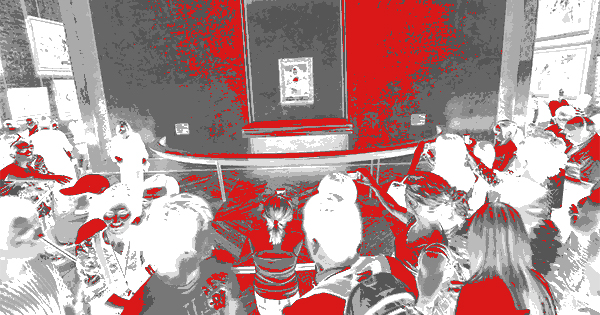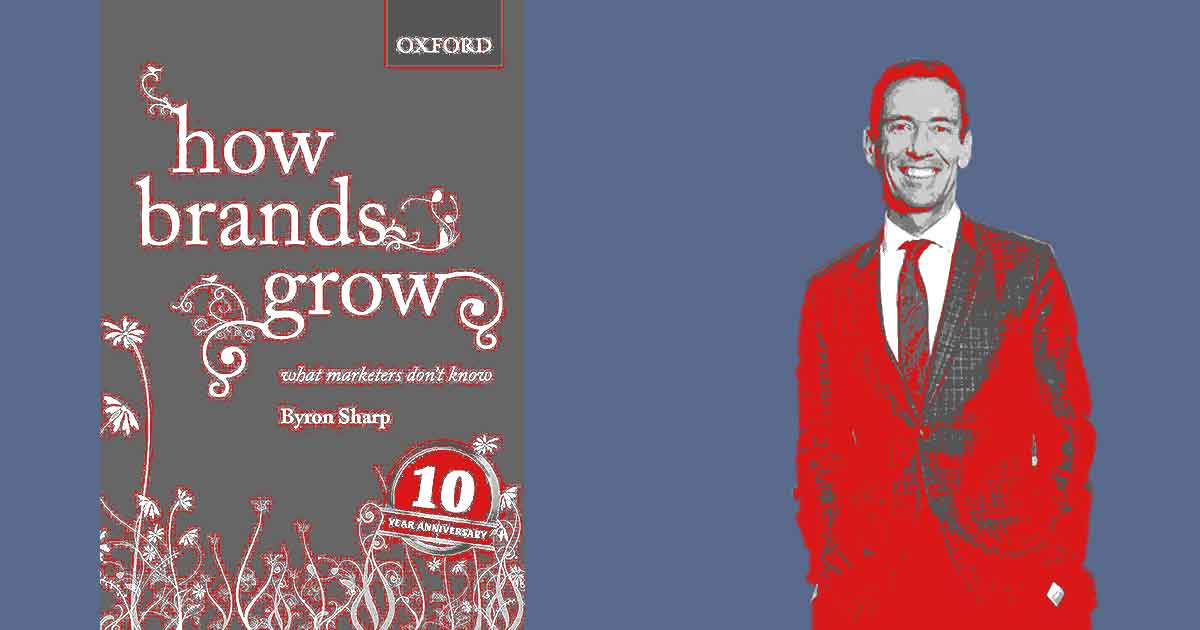
Building Distinctive Brand Assets
“Building Distinctive Brand Assets” by Jenni Romaniuk and Byron Sharp is a companion to “How Brands Grow” and provides further insights into the importance of creating and managing distinctive brand assets. The book emphasizes that distinctive brand assets are memorable, recognizable elements of a brand’s identity that can reinforce and grow brand equity. Here are key takeaways:
- What Are Distinctive Brand Assets: Distinctive brand assets are visual and auditory cues associated with a brand, such as logos, slogans, colors, jingles, and characters.
- Memory Structures: Building distinctive brand assets helps create strong memory structures in consumers’ minds, making it easier for them to recall and choose your brand.
- Brand Salience: Distinctive assets increase brand salience, making your brand stand out in a crowded market.
- Asset Management: Effective management of brand assets involves protecting, refreshing, and leveraging them to maintain their effectiveness.
- Asset Evaluation: Conduct assessments to ensure that your brand assets remain distinctive and relevant to your target audience.
- Physical and Mental Availability: Distinctive assets contribute to both physical availability (being seen) and mental availability (being remembered).
- Consistency: Consistency in the use of brand assets across all touchpoints reinforces brand recognition.
- Amplifying Reach: Leveraging distinctive assets can amplify your brand’s reach and impact.
- Competitive Advantage: Distinctive assets can serve as a competitive advantage by creating a unique brand identity.
- Long-Term Brand Growth: Building and maintaining distinctive brand assets is essential for long-term brand growth and success.
10 Actionable Things for Marketers:
- Identify Your Distinctive Assets: Determine which visual and auditory elements are unique to your brand.
- Consistency in Branding: Ensure that your distinctive assets are consistently used in all marketing materials and touchpoints.
- Asset Protection: Protect your distinctive assets legally through trademarks and copyrights.
- Regular Evaluation: Regularly assess the effectiveness and relevance of your brand assets with your target audience.
- Asset Refresh: Consider refreshing or updating your assets if they become outdated or less effective.
- Leverage Familiarity: Capitalize on the familiarity of your assets to create emotional connections with consumers.
- Testing and Research: Use testing and market research to gauge the impact and recognition of your assets.
- Asset Guidelines: Create clear guidelines for the use of brand assets for internal and external stakeholders.
- Integration in Campaigns: Ensure that your distinctive assets are integrated into all marketing campaigns.
- Long-Term Vision: View brand asset management as a long-term strategy for brand growth and equity.
Effectively building and managing distinctive brand assets can strengthen brand recognition, contribute to brand growth, and enhance your brand’s position in the market.
What Next?
Here are three books related to Building Distinctive Brand Assets:
- “How Brands Grow: Part 2” by Byron Sharp: This sequel to the original “How Brands Grow” book continues to explore brand growth principles, including the importance of distinctive brand assets. It offers practical insights into how to leverage distinctive assets for brand success.
- “The Power of Visual Storytelling: How to Use Visuals, Videos, and Social Media to Market Your Brand” by Ekaterina Walter and Jessica Gioglio: This book focuses on the visual aspect of brand assets and how visual storytelling can be a powerful tool in building a brand’s identity and recognition.
- “Building Better Brands: A Comprehensive Guide to Brand Strategy and Identity Development” by Scott Lerman: This book provides a comprehensive guide to brand strategy and identity development, including discussions on creating and managing distinctive brand assets.
These books offer valuable insights and strategies for building and managing distinctive brand assets to enhance brand recognition and equity.
Latest articles
April 19, 2025
Written by : Mark Rowland
Mark's been working in and interested in all things marketing since 2010.









